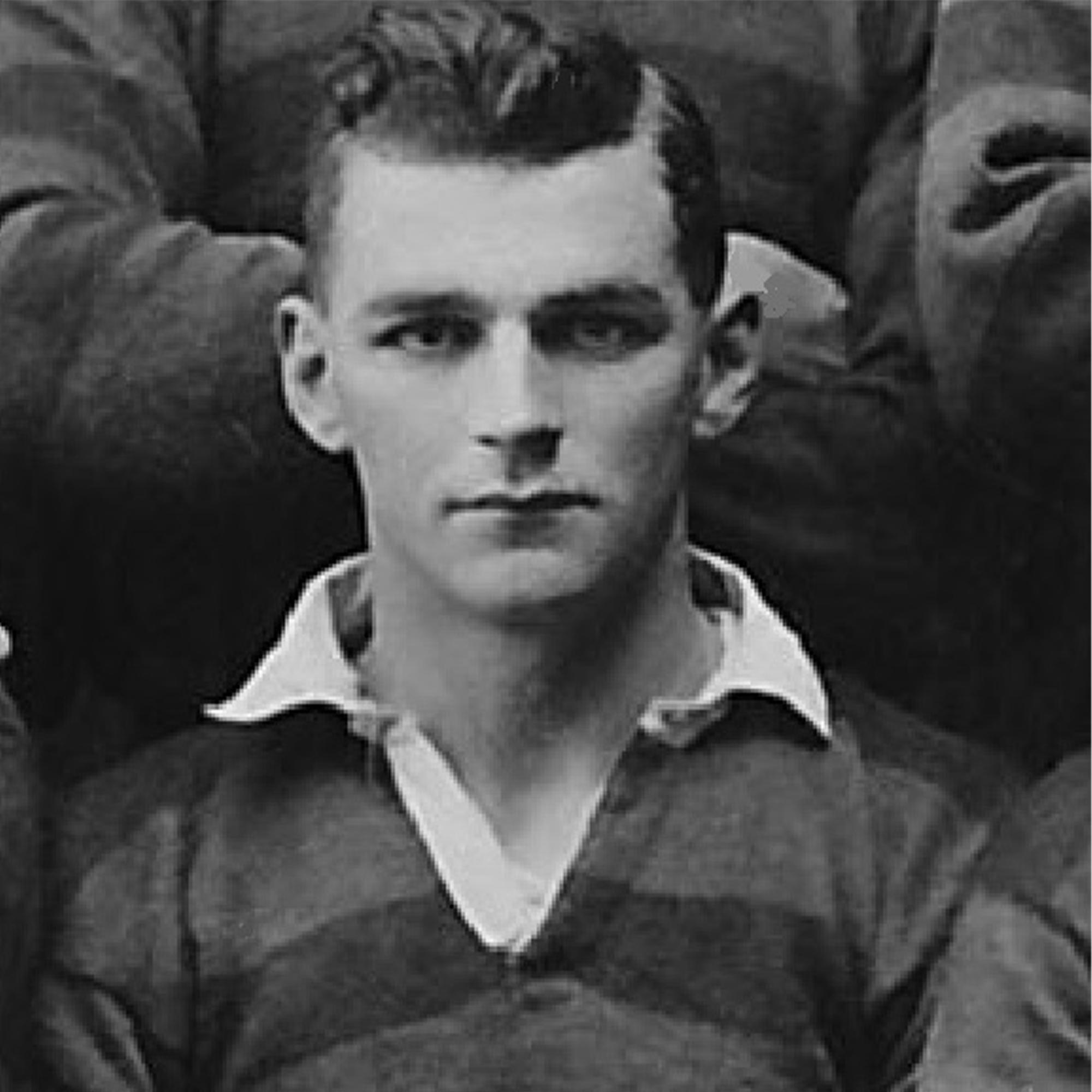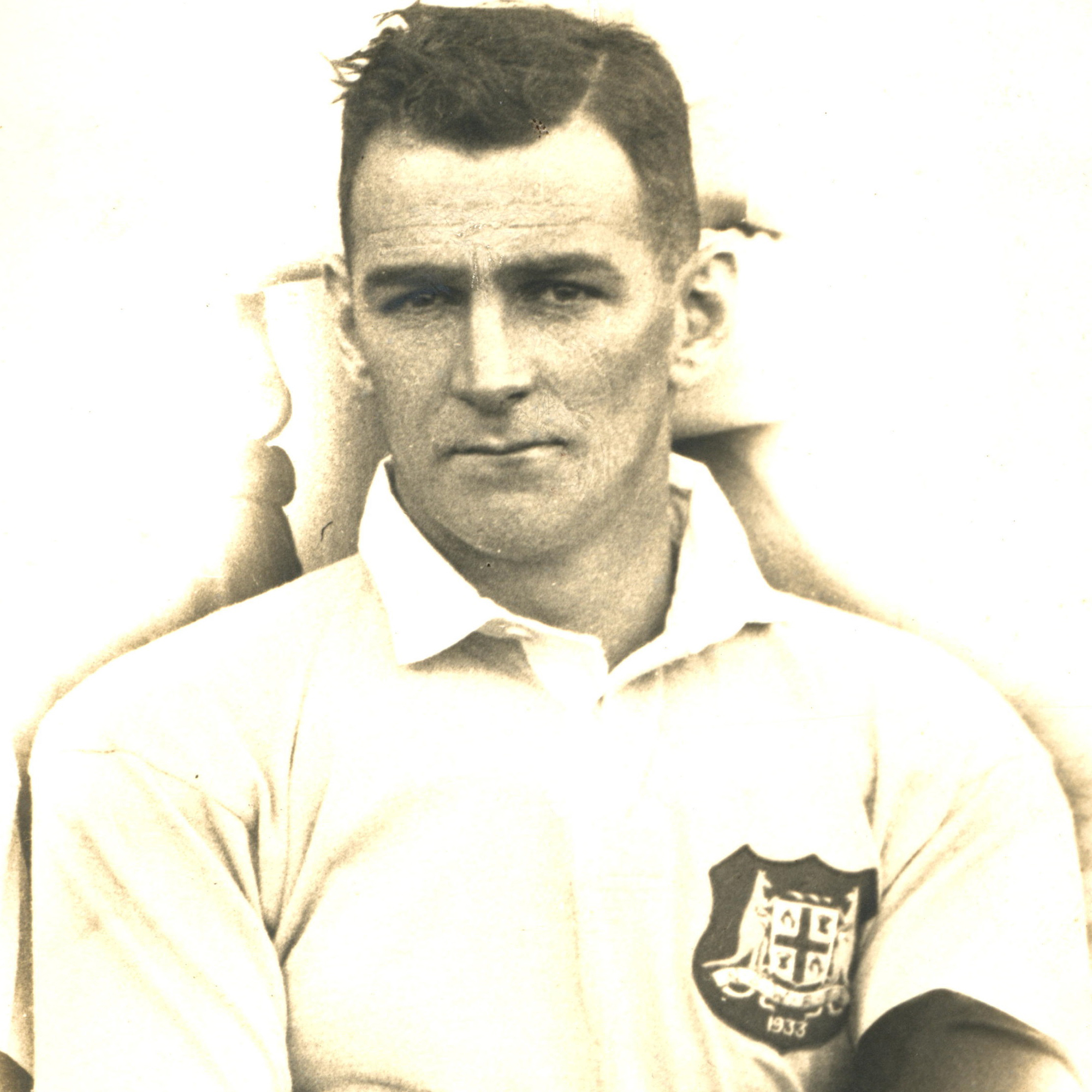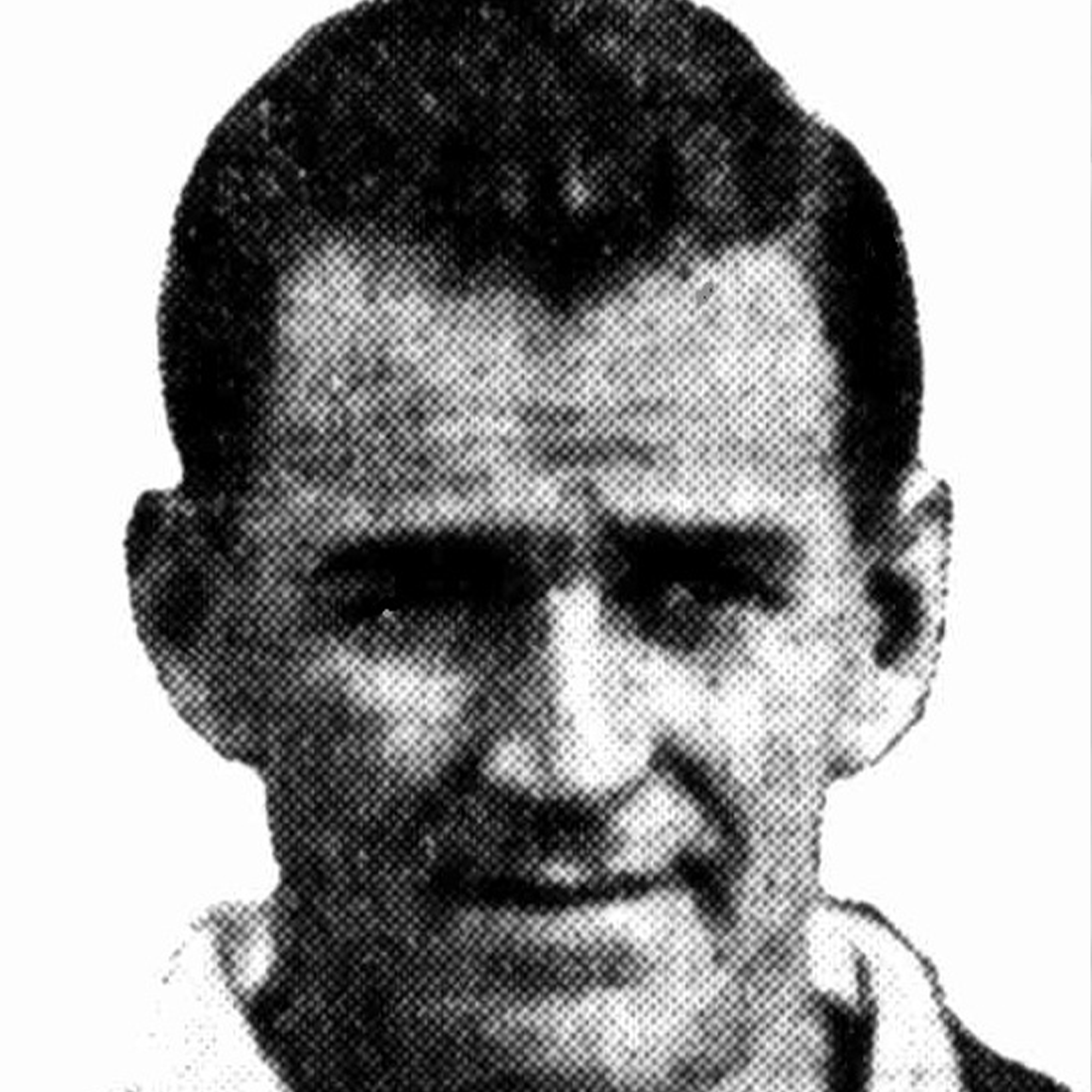______Warning: Aboriginal and Torres Strait Islander readers are advised that this story contains the name and image of a deceased Indigenous person.
The South Sydney Rabbitohs Historical Society would like to correct our mistake in reporting previously that Bob Honeysett was the first Indigenous player to captain NSW, when in fact it was former South Sydney player, Jack Why. He captained NSW in the third game against Queensland in 1933.
We at this Club welcome all descendants of former players to come forward and correct us with any of the information we report so that we can enrich our club history for all future generations to come.
Jack’s Indigenous roots were not reported in the press in those days as often one kept their Indigenous backgrounds to themselves.
His Indigenous roots were from his mother’s side, who was from the Yorta Yorta nation. The Yorta Yorta, also known as Jotijota, traditionally inhabited the area surrounding the junction of the Goulburn and Murray Rivers in present-day north-eastern Victoria and southern New South Wales. When they were driven off their lands many of their people headed north into Wiradjuri country. This could also be the reason why their family moved up north. According to the birth certificates of all their children they lived at Dubbo, Golgalgon, Bourke, Wellington and finally Redfern.

The Whys on Jack’s fathers’ side of the family were pioneer settlers who opened up western New South Wales. Many of these pioneers married local Indigenous girls and it appears that the Whys were certainly entwined with history in more ways than just their Rugby League prowess.
Their parents, Albert George Henry Why Snr and Rose Ann Jennette Walls were married in 1897 and they had seven children: Elsie Stella Why-Brown (1894-1988), Joseph Hedland Why (1897-1955), Albert George Henry Why Jnr (1899-1969), Ethel May Why-Foley (1901-1982), John Why (1903-1944), Oliver Why (1906-1984) and Phillip Why (1908-1936). Two of Jack’s older brothers served in World War I, with Joseph and Albert Why both noted on the Australian War Memorial website as being of Indigenous backgrounds. Albert Why, also known as Alby Carr, played Rugby League for Mascot, Newtown and Souths in 1924 and 1929-31. His name also appears on the Club’s 2018 ANZAC jersey. Two younger brothers also played for Souths in lower grades in the mid-1920s, Ollie and Phillip Why.
Jack was too young to serve in World War I and was held back in World War II because he was a chemical engineer at a plant in Melbourne. His job was deemed protected. John ‘Jack’ Why was born in 1903 in Wellington, NSW, where he played some junior football and when the family moved to Sydney he played for Mascot’s third grade side between 1919-24, playing 15 games, scoring three tries.

Souths graded him in 1925 and he made his first grade debut the following year in round six against Wests at the Sydney Cricket Ground, Moore Park/Gadigal, at the age of 23 years and 56 days. His older brother Albert Why also played in the game, playing under a pseudonym, Alby Carr.
He played in 126 grade games for the Rabbitohs, with 78 of them in the top grade, scoring 32 tries.
His very impressive representative career includes Metropolis in 1929-30 (one try), City Seconds in 1930-32 and 1934 (one try and captain in 1931), City Possibles in 1931-33 (one try), Combined City Firsts in 1933, Kangaroos in 1934, New South Wales in 1930-33 (11 games, four tries) and Australia in 1933-34 (17 tour games including two Tests, eight tries).
Jack was an unusual choice for a state captain because he did not captain his own club at any grade at all, and previously only captained the City Seconds side in 1931. However, he was always regarded as one of the best players of his period and when we consider that Frank McMillan (who was captain in game one) and Les Mead (game two captain) did not play in game three, the selectors had to come up with a new leader. He toured Great Britain with the Kangaroos in 1933-34, and upon his return had one last season with the Rabbitohs. His death was incorrectly reported in the past as a horse-riding accident while he was ‘rabbiting’ with his son and friends in Bacchus Marsh/Woiwurrung-Wathaurong, a rural town approx. 50km north-west of Melbourne, Victoria.

It is true they were ‘rabbiting’ when he died, but his death certificate states that he died from a sudden heart-attack, and no horses were involved. The cause of death noted on the death certificate was: 1. Coronary occlusion, 2. Syncope, 3. Sudden Death.
They always went ‘rabbiting’ on foot, not horseback. Jack would always lead the way from rest of the group owing to his fitness, especially if they were going up a hill. He would then find a rock to sit on and wait for rest of the group to catch up. Apparently, their routine became a standard family joke on their ‘rabbiting’ trips.
On the day he died they were ‘rabbiting’ and Jack walked ahead of the group as usual, but when his son and rest of the group caught up, he was sitting up against a rock and not being responsive – either unconscious or dead. They picked Jack up and ran to get help at one of the nearby farmhouses. But sadly, when they eventually did get help, Jack was already dead. He died on 14 May 1944, aged only 41.
He is buried at Rookwood Cemetery, Sydney, in a family plot with his youngest brother Phillip. His headstone at Rookwood reads: Beloved husband of Merle. Loving father of Betty & Jack. A true sportsman on and off the field. Loved by all who knew him.
This is the historic game in which he captained NSW:
Game 3: New South South Wales v Queensland
Result:
- New South Wales 17 (F.Gardner, A.Ridley, G.Treweek tries; G.Bishop 2, C.Pearce 2 goals)
- defeated
- Queensland 14 (P.Madsen, F.Gilbert tries; G.Lockie 2, M.Maloney 2 goals)
Details:
- Venue: Sydney Sports Ground, Moore Park/Gadigal-Bidjigal
- Date: Saturday, June 10, 1933
- Time: 3pm
- Crowd: 13,730
- Referee: Bill Fry
- Touch Judges: Jim Griffin, Charlie Yorke
- Halftime: New South Wales 10-4
- Scrums: 26-all
- Weather: Overcast
- Ground Conditions: Treacherous in the centre
Teams:
New South Wales:
- Laurie Ward (Easts Sydney); Alan Ridley (Wests Sydney), Cliff Pearce (Wests Sydney), Jack Why (South Sydney - c), Fred Gardner (St. George); Vic Hey (Wests Sydney), Viv Thicknesse (Easts Sydney); Frank Sponberg (Wests Sydney), George Treweek (South Sydney), Frank O'Connor (South Sydney), Frank Curran (South Sydney), George Bishop (Balmain), Jim Gibbs (South Newcastle).
Queensland:
- Bill 'Circus' Smith (Starlights Ipswich); Fred Neumann (Valleys Brisbane), Fred Laws (Newtown Toowoomba), George Lockie (Norths Brisbane - c), Mick Maloney (Brothers Brisbane); Frank Doonar (Brothers Ipswich), Fred Gilbert (Valleys Toowoomba); Joe Doyle (Brothers Toowoomba), Les 'Monty' Heidke (Tivolis Ipswich), Dan Dempsey (Tivolis Ipswich), Peter 'Mick' Madsen (Brothers Toowoomba), Melville 'Mick' Glasheen (Estates Townsville), Herb Steinohrt (Valleys Toowoomba).
Scoring Progression:
- 2-0, 2-all, 2-4, 7-4, 10-4, 10-6, 10-11, 10-14, 15-14, 17-14.
We would sincerely like to thank Jack Why’s 96-year-old daughter Betty and her two sons, Lance and Clive Jones, for their fabulous contribution in compiling this story.






















































